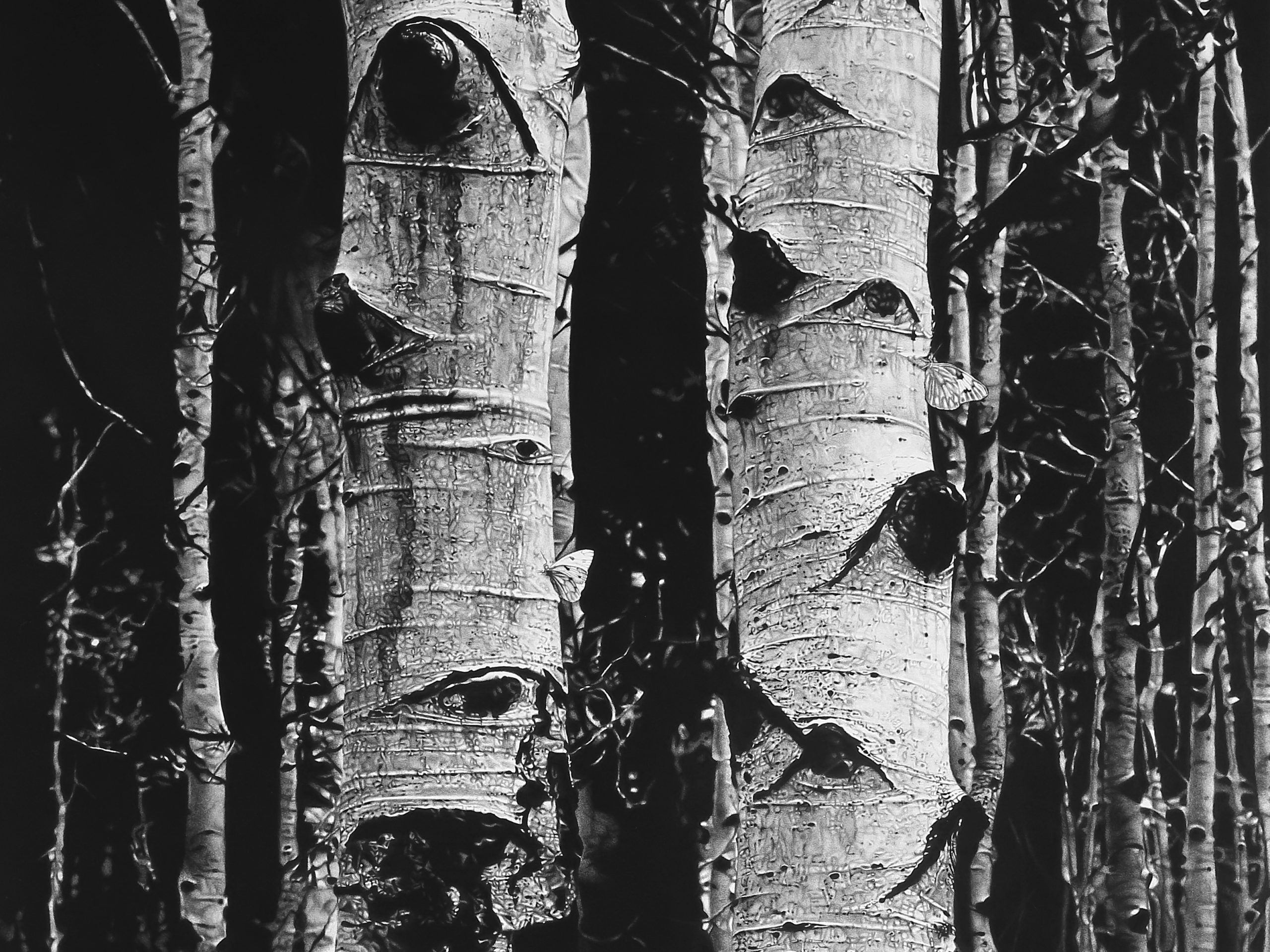Flames of Creativity: A Denver Artist's Stunning Visual Journey Through Wildfire Landscapes

In her latest groundbreaking exhibit at the Denver Botanic Gardens, artist Anna Kaye delves into the complex narrative of Colorado's wildfires, revealing a nuanced perspective that challenges our traditional understanding of these destructive natural events.
Through her intricate artwork, Kaye explores the paradoxical nature of wildfires - simultaneously agents of devastation and renewal. Her pieces capture the raw, scorched landscapes that emerge in the aftermath of a fire, while simultaneously highlighting the critical ecological role these blazes play in the region's natural ecosystem.
The exhibit transforms viewers' perceptions, demonstrating how wildfires are not merely agents of destruction, but essential mechanisms of environmental regeneration. Kaye's detailed drawings and paintings showcase the remarkable resilience of Colorado's wilderness, illustrating how burned landscapes become fertile ground for new growth and biodiversity.
By juxtaposing images of charred terrain with emerging green shoots and regenerating plant life, the artist invites viewers to witness the profound cycle of destruction and rebirth that is fundamental to the state's natural landscape. Her work serves as a powerful visual narrative, challenging viewers to see wildfires not as pure catastrophe, but as a complex, necessary process of ecological transformation.

